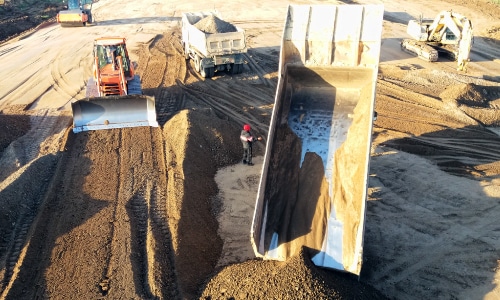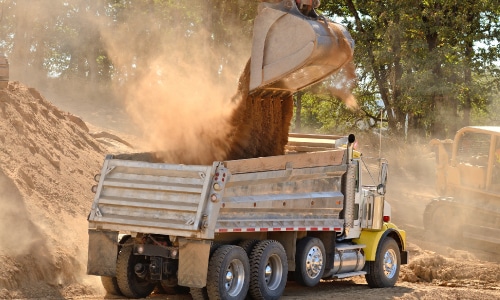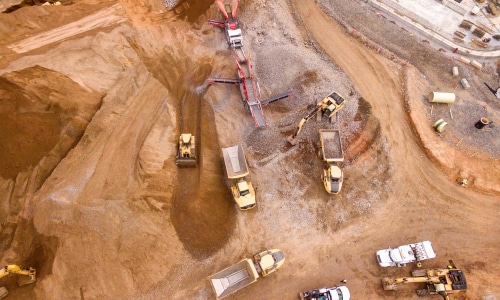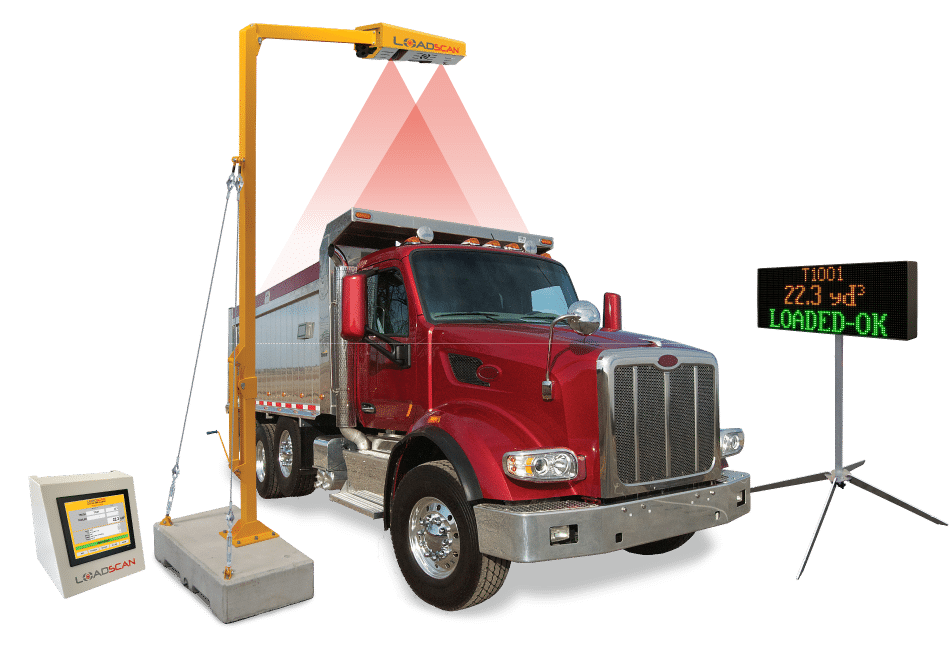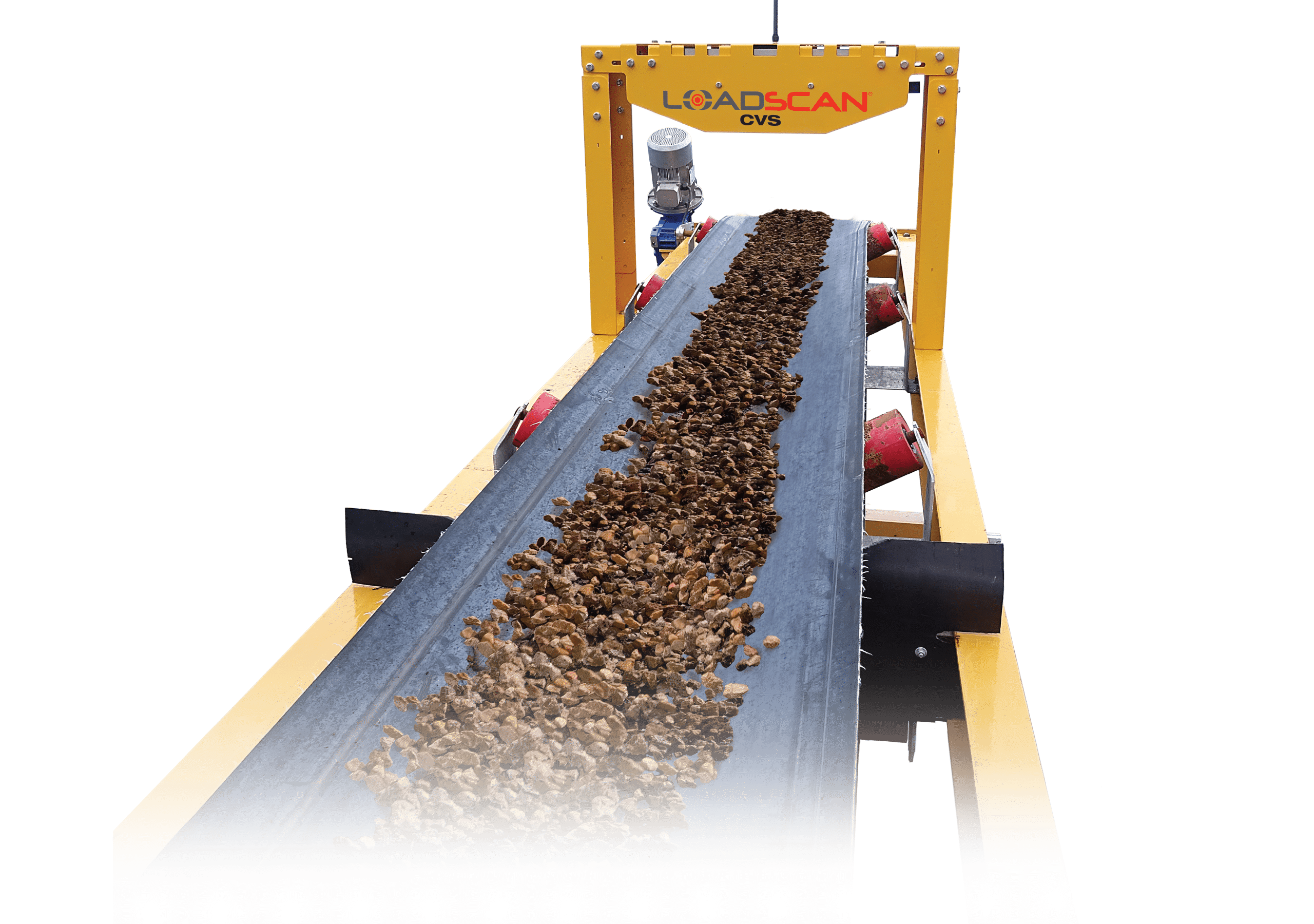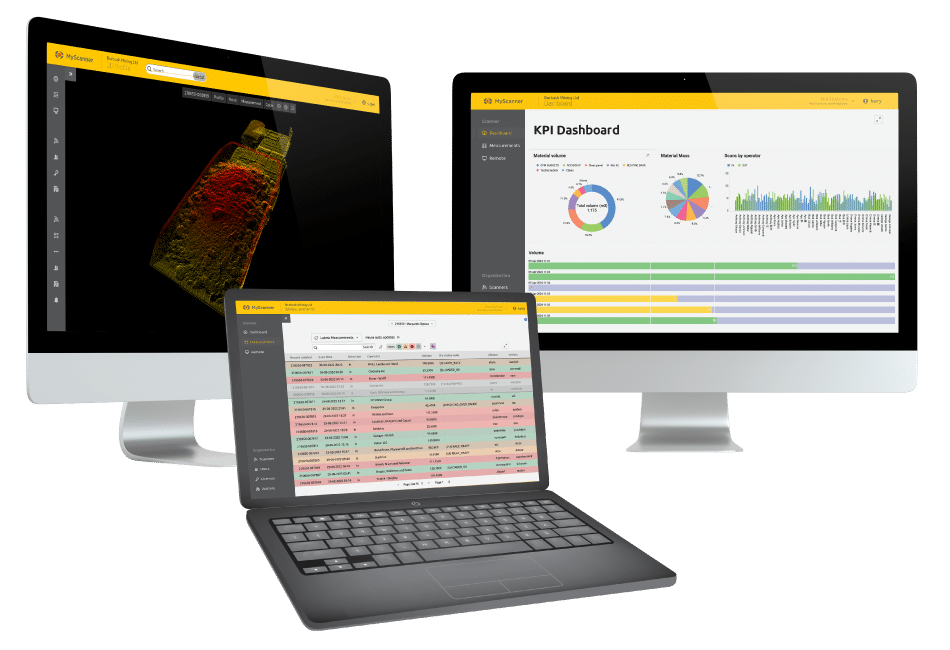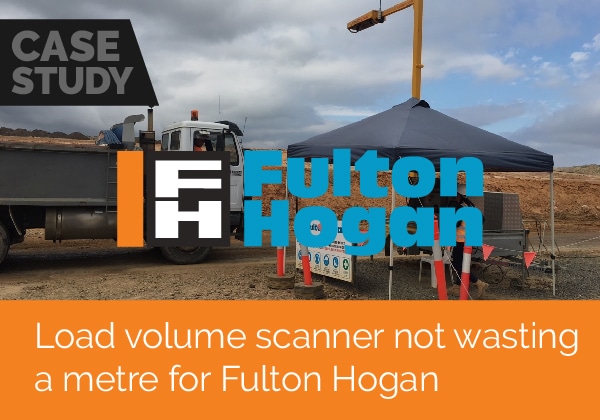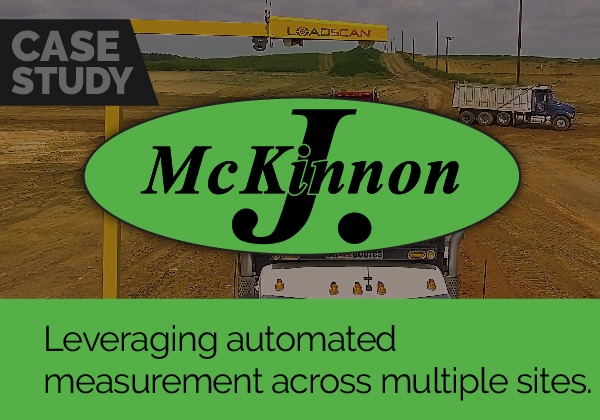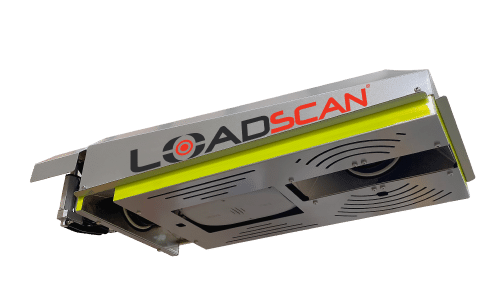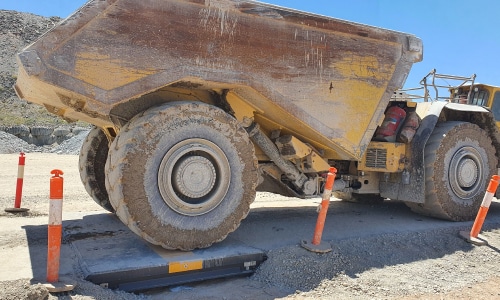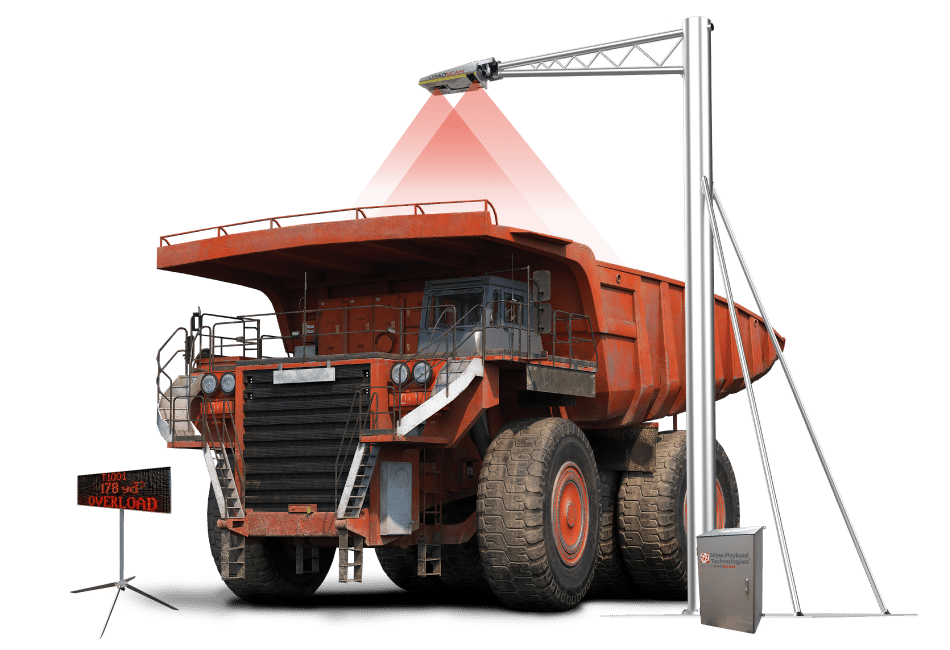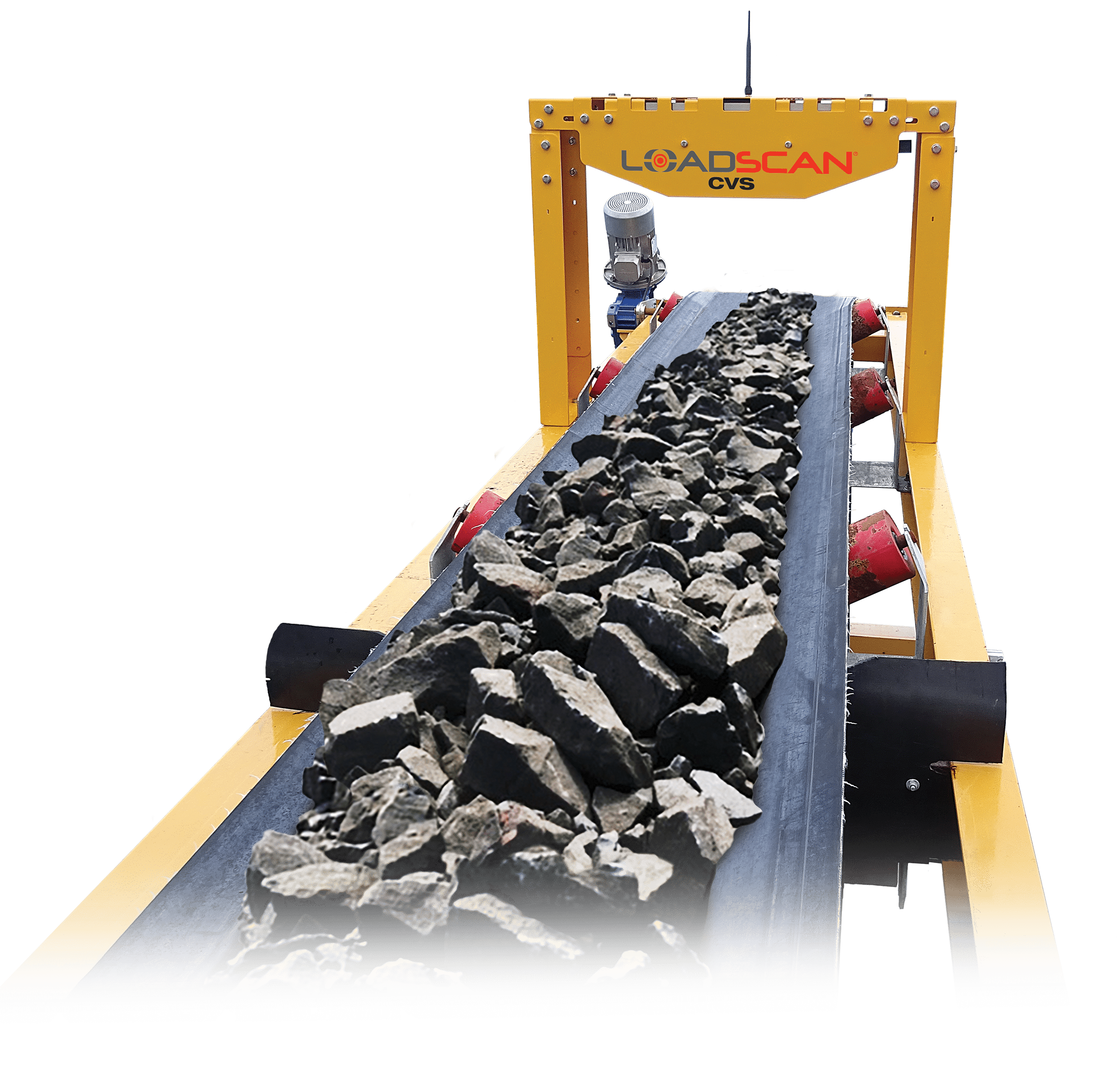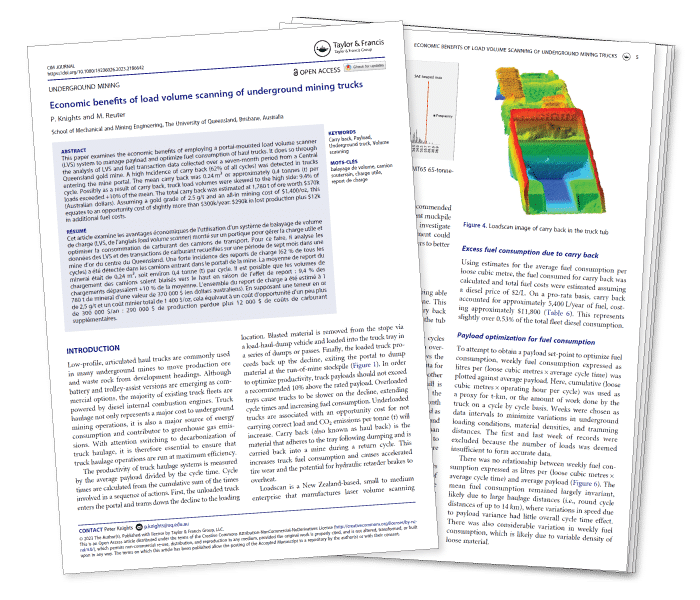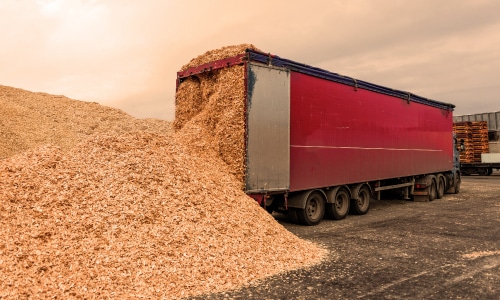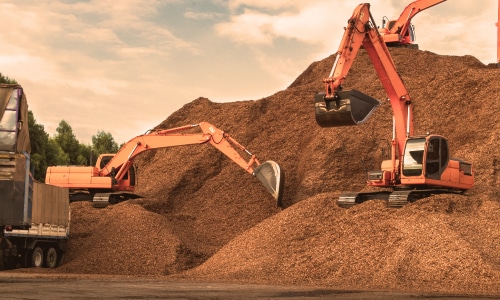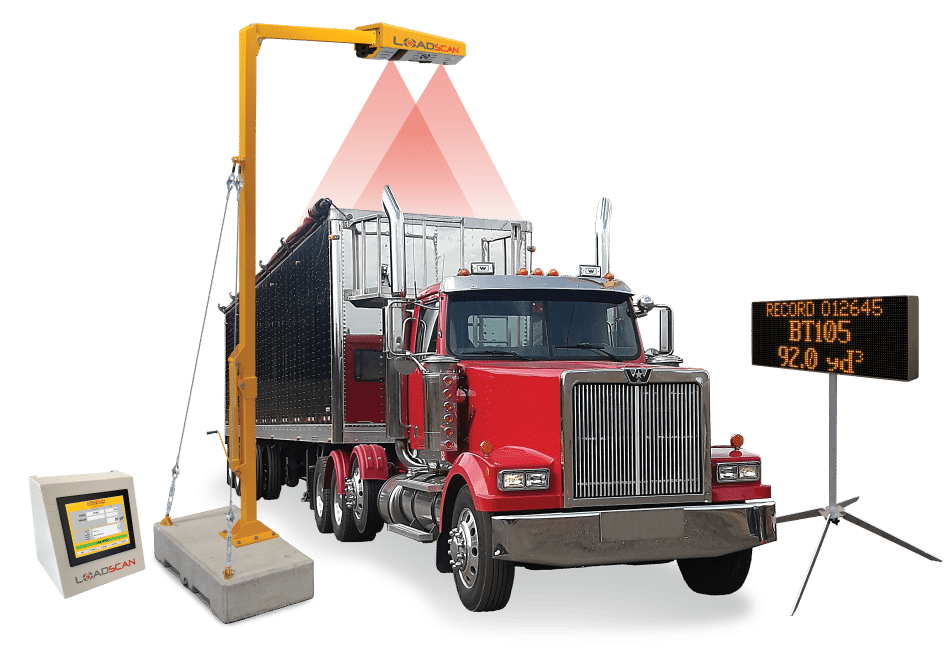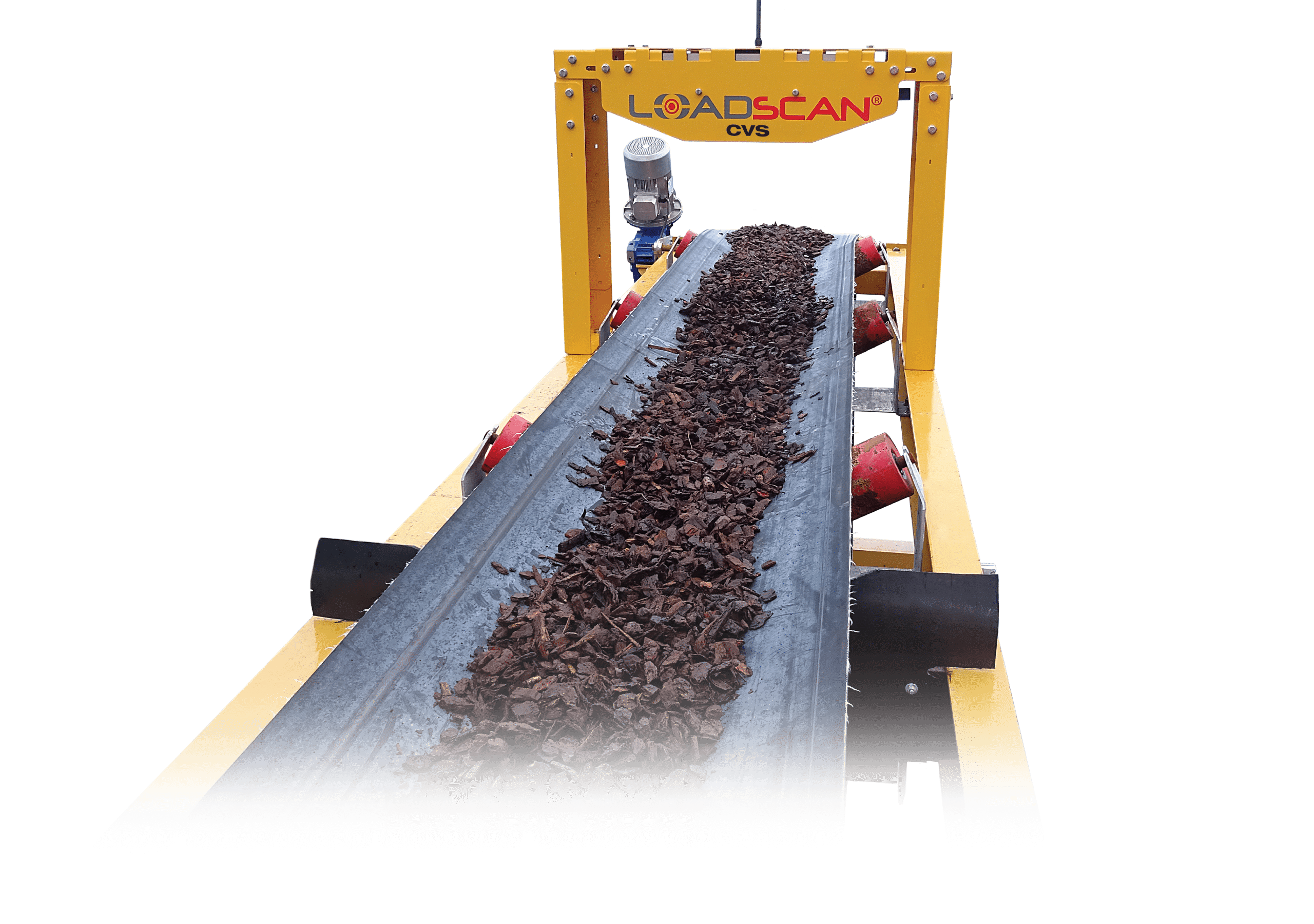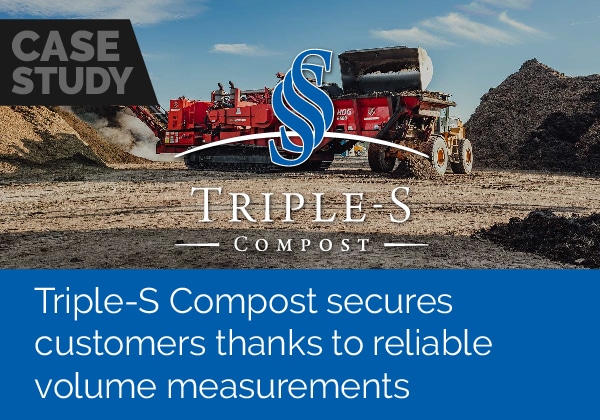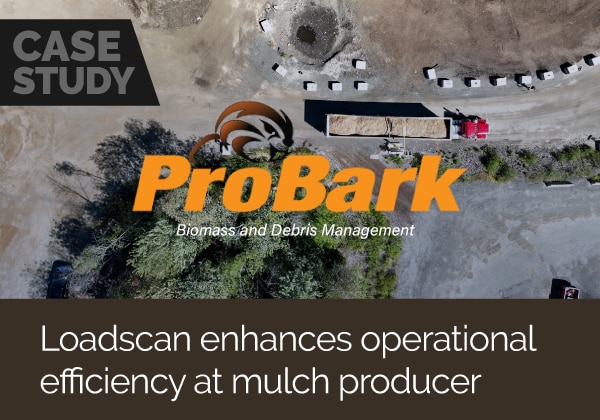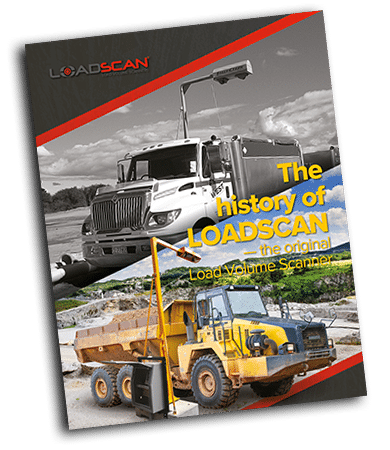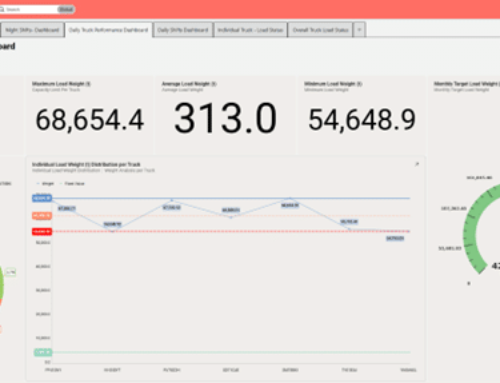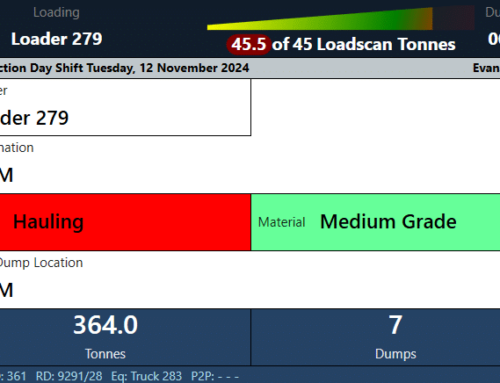Optimizing Mining Operations with Pitram and Loadscan Integration at CSA Cobar The MAC [...]
The future of precision in logistics
Weighbridges are out, volume scanners are in. Efficiency is now an option.
In a highly-competitive business market, gaining any type of advantage over your competitors is an opportunity you really don’t want to miss.
Across the bulk supplies and transportation industry, precision and efficiency have become paramount, with new technologies in load measurement offering gains that have previously been difficult to quantify.
In most cases, especially in industries like civil construction, bulk products – sand, aggregate, gravel – will be ordered and invoiced in volume. Therefore, it makes sense that it should be measured in volume rather than the more traditional method of using on-board loader scales or, worse, counting bucket loads to estimate the volume of material that is being charged. In both cases, it only takes a fluctuation in an uncontrolled variable, such as moisture content, and the weight-to-volume estimation becomes highly inaccurate.
Those more traditional methods are being increasingly overshadowed by innovative technologies such as load volume scanners, which are cheaper, easier to operate, considerably quicker to install, and almost maintenance-free, offering unmatched accuracy and efficiency compared to traditional methods.
Volume scanners can help to cut costs, speed up loading, and provide real-time, precise data from cloud-based software, making them essential for measuring bulk products like sand, aggregate, soil, bark, mulch and compost. Mining specific volume scanners can also offer a major – and very positive – effect in the mining sector, an industry where small gains in productivity can have a huge impact on profitability.
Weighbridges, in particular, require substantial investment, not only in the initial setup, but also in ongoing maintenance and frequent calibration. The failure of a single load-cell can render a weighbridge offline for an extended period while a replacement part is sourced and installed. This makes volume scanning a more cost-effective solution for businesses looking to optimise their load measurement processes without incurring excessive costs.
Ease of installation further sets volume scanners apart from weighbridges. Installing a weighbridge is a complex and time-consuming process that involves significant groundwork, often including the construction of foundations and the installation of heavy-duty mechanical components. This can lead to extended periods of operational disruption and increased labour costs. In contrast, volume scanners are easy to install, often requiring only a simple setup process that can be completed in a fraction of the time. Most volume scanners can be positioned on either a trailer or heavy-duty concrete block, connected to a power source, and be quickly up-and-running. This ease of installation allows business operations to resume far quicker and with minimal disruption.
And, if there’s a change in location needed, moving a volume scanner is far easier – and cheaper – than removing and reinstalling a weighbridge.
Calibration is another area where volume scanners offer major benefits. Unlike weighbridges, which need regular maintenance and calibration to ensure accuracy, volume scanners operate with a no-touch system, which means they remain accurate within a margin of +/-1%.
Weighbridges, on the other hand, are prone to inaccuracies due to factors such as significant wear and tear, leading to the need for regular recalibration. The no-touch system used by volume scanners not only reduces maintenance costs but also minimizes downtime, ensuring a continuous and reliable operation.
Operational efficiency is greatly enhanced when using a load volume scanning system. When a vehicle passes beneath a volume scanner, it can keep moving, allowing for continuous flow and minimizing delays. This often contrasts sharply with weighbridges, where vehicles are often required to come to a complete stop for accurate measurement. The non-stop system of volume scanners not only speeds up the measurement process but also reduces fuel consumption and wear-and-tear on vehicles, leading to lower operational costs and improved efficiency.
Accuracy is a critical factor in load measurement, and volume scanners offer a significant advantage in this regard. Volume scanners provide a consistent accuracy for volume measurements, which is considerably superior to the variability often seen when using weighbridges. The accuracy of weighbridges can vary considerably based on the type of product being measured, while moisture content, and other environmental factors can also cause problems. This variability can lead to discrepancies in load measurements, resulting in potential overloading or underloading of vehicles. The wide range of volume scanners, with their precise volume measurement capabilities and cloud-based software, ensure that loads are measured accurately regardless of the material type or condition.
One of the capabilities of volume scanners is the ability to estimate weight using bulk density calculations. By measuring the volume of a load and applying the appropriate bulk density factor, it is possible to estimate the weight of the load with a high degree of accuracy. This method is particularly useful for industries that handle bulk materials with varying densities. In contrast, it’s not easy to reverse-calculate volume from weight measurements due to the influence of factors such as product type and moisture content. This makes the volume scanner a considerably more versatile tool for load measurement, capable of providing both volume and estimated weight data.
Volume scanners also offer accurate load analysis – a distinct advantage over any weight-based measurement process. A volume scanner can deliver a real-time 3D scan image of the load profile, providing detailed information about the distribution and shape of the load. This level of detail is not possible with weighbridges, which can only provide a single weight measurement without any insight into the load’s distribution. Accurate load analysis is crucial for optimizing load distribution, ensuring vehicle stability, and reducing unnecessary wear on truck components. The real-time imaging capabilities of volume scanners enable operators to make informed decisions about load adjustments, leading to safer and more efficient transportation.
Identifying carryback is another area where a volume scanner has an advantage over a weight-based measurement system. By scanning a truck after it has dumped its load, a volume scanner can easily compare that scan with a reference image, highlighting any carryback which can quickly have a negative effect on productivity.
The advantages of a volume scanner over a weighbridge are clear. They offer a cost-effective, accurate, and efficient solution for load measurement, with benefits ranging from reduced equipment costs and simplified installation to enhanced accuracy and operational efficiency.
By adopting a Loadscan volume scanner, companies can improve their operational performance, reduce costs, and ensure load accuracy for their own business as well as customers. The shift towards volume scanning technology is not just a technological advancement; it is a strategic move towards greater efficiency and reliability in the transportation industry.
Volume scanners represent the future of load measurement technology.

